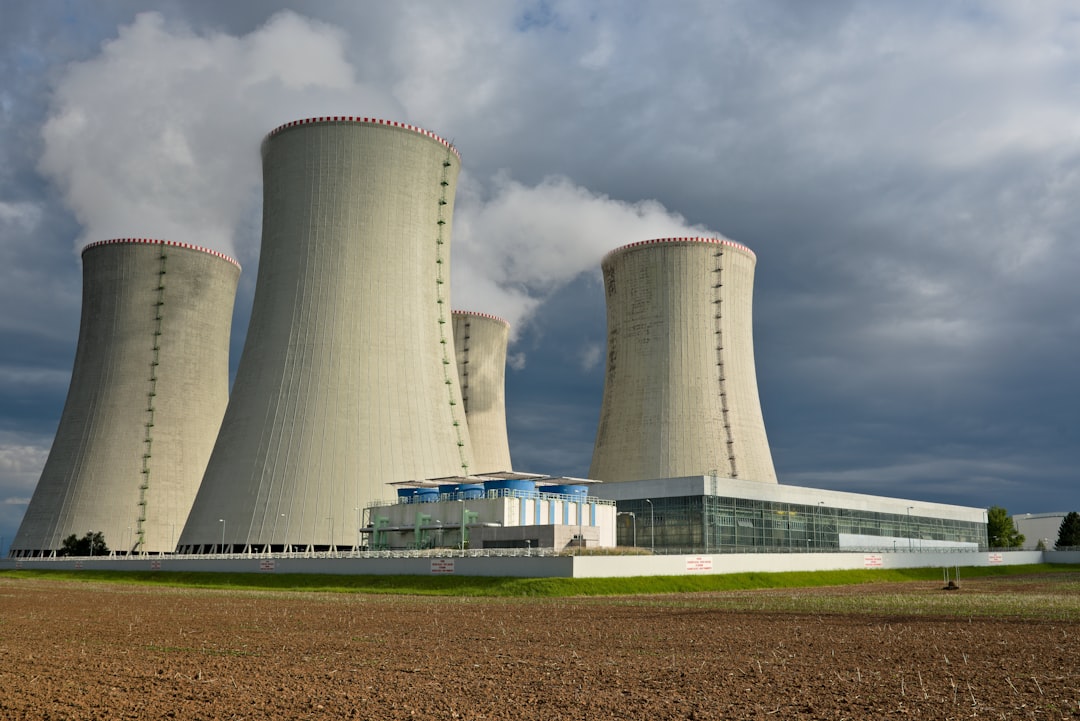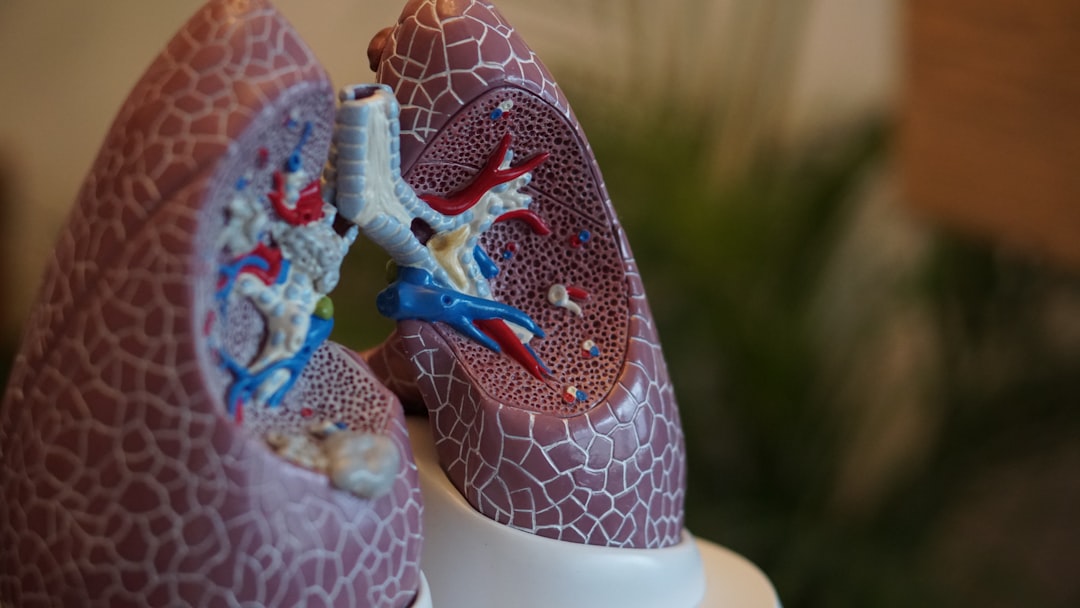What is it about?
Dedicating time and effort to practice cognitively challenging tasks improves our ability to make decisions. This enhanced ability is achieved through brain changes that optimise cognition. But how do these changes manifest? Beyond the (slow) process of human brain development, we have limited insight into the mechanisms of rapid structural plasticity in support of complex cognitive skills in the adult brain. Here, we provide evidence that adaptive myelination— the process of insulating neural axons to enhance neurotransmission— interacts with neurochemical mechanisms (i.e. GABAergic inhibition) within thalamocortical networks to support improved perceptual decision making.
Featured Image

Photo by Robina Weermeijer on Unsplash
Why is it important?
Microstrucutral and neurochemical mechanisms of plasticity are typically studied in isolation and at different scales (large-scale networks, local circuits), limiting our understanding of the interactive mechanisms that underly learning. Here, we provide a mechanistic account of how microstructural and GABAergic mechanisms of neurotransmission interact within subcortico-cortical circuits to support improved perceptual decisions. In contrast to previous work focusing mainly on cortical (frontoparietal and sensory) circuits of decision making, we demonstrate that thalamocortical plasticity predicts learning, that is our ability to improve our decisions through training. Our findings provide evidence that interactive thalamocortical processes are key in supporting not only sensory processing but also learning of complex cognitive skills.
Perspectives
Our work provides evidence for dynamic changes in the subcortico-cortical networks involved in perceptual decision making. In particular, myelin remodeling in the pulvinar early in the training drives GABAergic gain control in visual cortex for selecting task-relevant features. In contrast, later in the training, hippocampal-visual connectivity increases to facilitate finer processing of task-relevant features and support target identification. These insights provide a key bridge between animal studies on micro-structural plasticity and human brain imaging studies on macro-scale structural and functional plasticity.
zoe kourtzi
University of Cambridge
Read the Original
This page is a summary of: Microstructural and neurochemical plasticity mechanisms interact to enhance human perceptual decision-making, PLoS Biology, March 2023, PLOS,
DOI: 10.1371/journal.pbio.3002029.
You can read the full text:
Contributors
The following have contributed to this page










